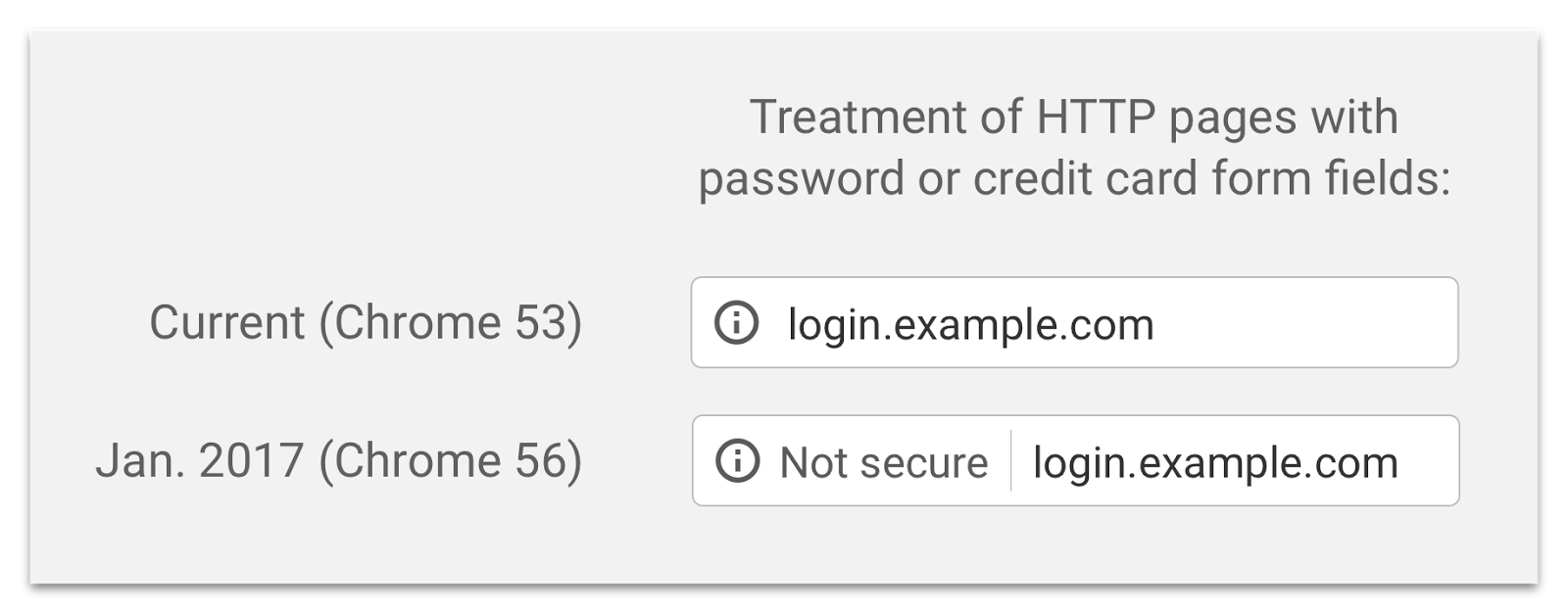Clicking on links that are broken is a bad experience for users, and it can even affect your SEO. Thankfully, it’s really easy to automate the process of checking the links on your site using html-proofer.
You can install html-proofer however you like, for the sake of argument we’ll use bundle by adding the following to your gemfile:
gem 'rake'
gem 'html-proofer'
And then run bundle install. Then you can get html-proofer to check for any broken links using the following commands:
bundle exec jekyll build
bundle exec htmlproofer ./_site`
Then you’ll receive a breakdown of every external and internal link which is broken. Go forth and fix things! Hat’s off to Super Tech Crew for this tip.


